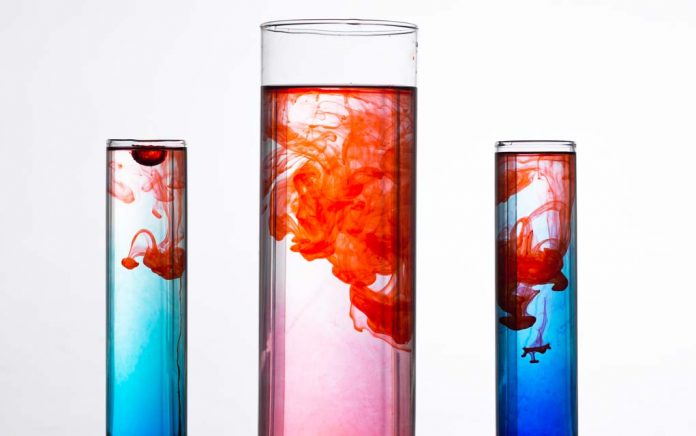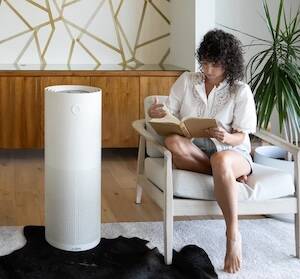
Food coloring is also known as artificial color.
It is added to food and drinks to create a specific appearance.
Food colors are prevalent in our daily life and are even in foods and drinks we wouldn't expect. They're used to make the orange color of oranges brighter and more uniform, to create the brown hues in colas, and blue dye is added to marshmallows to make them, strangely, whiter! Of course, there are the obvious uses – to decorate a cake or cupcakes, candy (think M&Ms and Skittles) and the countless multi-colored foods and drinks we're so accustomed to seeing. They're in so many foods, in fact, we hardly think twice about how they became so vivid and colorful in the first place, and most of us are still unaware of the potential dangers associated with them.
Artificial colors contain various chemicals and are commonly derived from petroleum products. Conveniently, they are available in various forms, including liquids, powders, gels, and pastes.
Read more about artificial colors where you may not expect them
In the U.S., all food and drink labels must list the artificial colors they contain. To denote synthetic food coloring agents (or artificial dyes), they are assigned FD&C (Federal Food, Drug and Cosmetic) numbers which are regulated by the FDA.
In the U.S., these seven artificial colors are approved for use in food:
FD&C Blue No. 1 Brilliant Blue
FD&C Blue No. 2 Indigotine
FD&C Green No. 3 Fast Green
FD&C Red No. 40 Allura Red
FD&C Red No. 3 Erythrosine
FD&C Yellow No. 5 Tartrazine
FD&C Yellow No. 6 Sunset Yellow
These are known as primary colors. When they are mixed to produce other colors, those colors are known as secondary colors.
Two additional colors, Orange B and Citrus Red 2 are allowed for specific foods only. Orange B is used only for hot dog and sausage casings. Citrus Red 2 is used only to color orange peels.
Safety Concerns
Although artificial colors have been linked to allergic reactions and other health concerns, including behavioral changes in children, the FDA continues to allow them to be used in food. One of the most problematic dyes is Yellow #5, E102, tartrazine, used to color soft drinks and energy drinks, cake mixes, salty snacks, cereals, packaged soups and more. The coal tar dye has been linked to cancer and is known to provoke asthma attacks, skin reactions, and hyperactivity in children. Tartrazine has already been banned in Norway, Austria and Finland.
Natural Food Coloring
Natural food colors are exempt from certification. They are derived from natural sources, for example:
Annatto – a reddish-orange dye made from a South American shrub
Paprika
Saffron
Lycopene from tomatoes
Beta-carotene, and
Carmine, derived from the cochineal insect.
Though they are known as natural dyes, hexane, acetone, and other solvents are used to break down the cell walls in the fruit or vegetable they are derived from to extract the colors. Another issue is that some natural food dyes are linked with serious allergic reactions, as well as other health concerns.
Read more about American children and artificial colors
Know What You're Eating
Since labels indicate which artificial colors – artificial and natural – are included in the ingredients, carefully read the ingredients list on every product you buy. Remember, food dyes are hiding where you may not expect them. If a discernible reaction occurs with a food or drink containing a food dye, record the color or combination of colors and watch for that reaction again. While most people react to one specific color (Red No. 40 is a culprit well known amongst parents) some people react to a combination of dyes.




